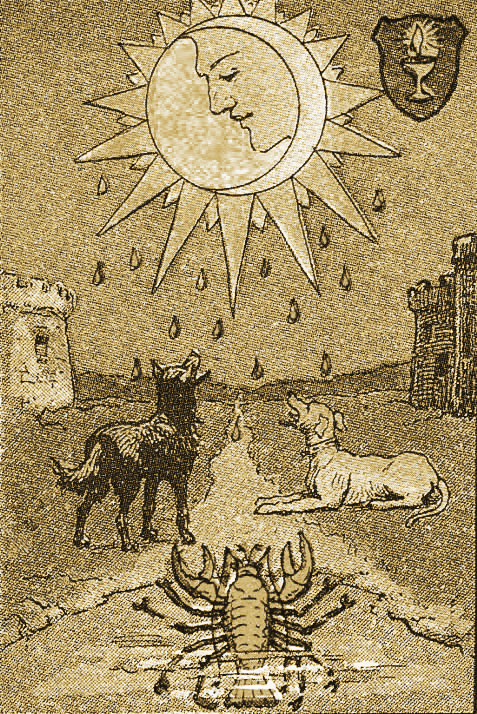Of all the graphic photos I have viewed in my years of research, the most horrific is not the smoldering bodies at Dresden after the fire storm, not the German women and children flattened by Soviet tanks on a snowy road in East Prussia, but that of the bodies at Dachau. No, not the bodies; not the emaciated concentration camp inmates who died not from a deliberate policy of extermination—as we have been told for decades now by the victors—not those, not those who had succumbed in the late stages of the war to typhus, diphtheria, dysentery, starvation, and neglect. No, the bodies I speak of were German bodies, German soldiers. And the photo is graphic not merely for the obvious; the photo is hideous more for what is not actually seen, than what is. There is a crushing, paralyzing oppression in the gray tones of the image; there is an overwhelming sense of evil in the very air; there is a terrifying embodiment of hate and malice in the forms of the Americans as they mechanically, and with utter detachment, go about their inhuman business.
As US forces swept through Bavaria toward Munich in late April, 1945, most German guards at the concentration camp near Dachau wisely fled. To maintain control and arrange for an orderly transfer of the 32,000 prisoners to the approaching Allies, and despite signs at the gate warning, “No entrance-typhus epidemic,” several hundred German soldiers obeyed when they were ordered to the prison.
When American units reached the camp the following day, the GIs were horrified by what they saw. Outside the prison were rail cars brim full with diseased and starved corpses. Inside the camp, wrote a witness, were found “a room piled high with naked and emaciated corpses… Since all the many bodies were in various stages of decomposition, the stench of death was overpowering.”
Unhinged by the nightmare surrounding them, conditioned by years of vicious anti-German propaganda, the troops turned their fury on the now disarmed German soldiers. While one group of over three hundred were led away to a walled enclosure, other Germans were murdered in the guard towers, in the barracks, or they were chased through the streets. All were soon caught and many were deliberately wounded in the legs, then turned over to camp inmates who first tortured, then tore limb from limb the helpless men and boys.
A German guard came running toward us. We grabbed him and were standing there talking to him when… [a GI] came up with a tommy-gun. He grabbed the prisoner, whirled him around and said, “There you are you son-of -a-bitch!” The man was only about three feet from us, but the soldier cut him down with his sub-machine gun. I shouted at him, “what did you do that for, he was a prisoner?” He looked at me and screamed “Gotta kill em, gotta kill em.” When I saw the look in his eyes and the machine gun waving in the air, I said to my men, “Let him go.” [1]
While the tortures and murders were in progress, 350 German soldiers were lined up against a wall, two machine-guns were planted, then the Americans opened fire. Those yet alive when the fusillade ended, including the three young men still standing, were forced to wait amid the bloody carnage while the machine-guns were reloaded.
___________
[1] Howard Buechner, Dachau—The Hour of the Avenger(Metarie, Louisiana: Thunderbird Press, 1986), 75-76.










